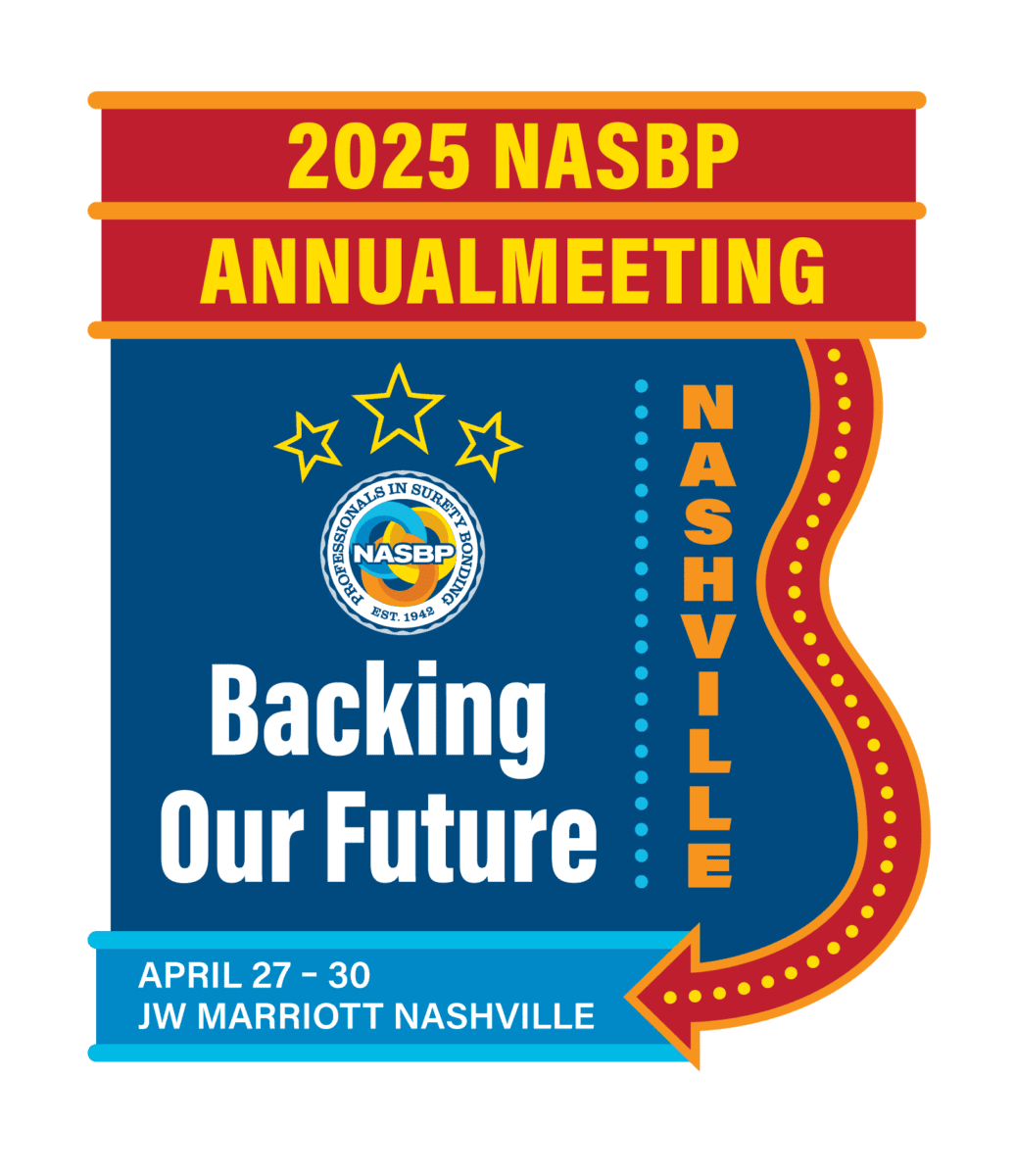Tactics, Strategies for Construction Firms Dealing With the COVID-19 Crisis
In less than five months, the world has encountered an unprecedented “Black Swan” event in the form of a deadly virus known as COVID-19. As 2020 began, many construction organizations were predicting another year of success bolstered by strong backlogs in just about every sector. At the time of this writing, world markets have been rattled worse than the mortgage crisis and that of 9/11, with little in the form of answers for when and if the world will go back to normal. More importantly, “normal” may require a new definition as the world learns or is reminded about standards of hygiene and inter-personal interactions. What will the new “normal” be as it relates to education, recreation, business meetings and even construction activities when the world gets back to, well “normal”?
There are significant questions all leaders must deeply reflect on in the short and long term as it relates to their business. This framework is to begin the steps necessary to support the business tactics and strategies during this time as well as preparations for the business long-term to ensure continuity.

The framework above is divided into four specific quadrants—internal/external and short/long term. The outer ring can be chalked up to the “basics of any crisis,” but they do provide a backdrop for a situation such as this:
- People First : Our teams–internal, tradespeople, clients, etc. –are all in this and a dose of humanity goes a long way.
- Proactive Communication : Don’t leave internal communication to chance while you hunker down; be on the front line of the communication and don’t wait for the nightly news to define your actions.
- Decisiveness: Firms will be confronted with tough decisions every day before, during, and after the dust settles. Avoid analysis paralysis.
- Positivity: Don’t paint an unrealistic picture, but your team is looking for a quarterback that won’t succumb to the pressure of being down by three touchdowns in the third quarter.
- Perseverance: You’ve planned for this, maybe not on this level but you have contingency plans and a strong balance sheet for a reason. When the dust settles, and it will, you will be OK.
With so much news and an overall inundation as it relates to changes in policies, procedures, government edicts, etc., it is important to avoid the one cardinal sin—under communicating! If there was one enduring lesson from the most recent recession, firms failed when they did not communicate enough. There were most likely some positive spin firms were taking at that time: “Well, it’s all over the news so let’s not talk about it at work.” It was only as firms started talking about reductions in labor forces that the true impact of the recession was felt.
The tactics and strategies of the “wheel” can be used as a “leadership checklist” to help guide the right questions and potential answers to help guide firms through the expansive unknowns.
Associate Health and Well-Being (Short/Internal)
- Internal Communication Plan (Frequency and Approach) – Define the cadence and communication frequency that your team will take. Who and when should “Town Hall” meetings take place (virtually speaking) to answer questions, brainstorm ideas, etc.
- Hygienic Best Practices – If you do have to work in an office or jobsite, what precautions will you make mandatory for cleaning? Once work schedules do return to “normal” how will you continue these practices to avoid a boomerang effect?
- Protocol for Remote Working – As firms look to working remotely, how will you continue to press forward on your culture? What if your firm has travelling superintendents or managers – how will that affect their ability to get home on a regular frequency? What if there is a travel shut down domestically?
- Staggered Scheduling – Once again, when normalcy returns, how do teams engage on projects that require less social distancing? Will staggered schedules make sense?
- Associate Mental Well-Being Forums – How will you ensure your team is also in the right state of mind in the short-term? As concern rises relative to the economy and pay checks, how will you ensure—if possible—that all is OK?
- “At-Home” Assistance for Families Directly Impacted – How will your firm address support for families that do not have day care capabilities?
Client and Project Well-Being (Short/External)
- Force Majeure Rules – As projects are shut down or delayed, what contractual terms would apply as it relates to overhead recovery or simply meeting project deadlines to avoid damages?
- Proactive Construction Summits to Address POTENTIAL Impacts – Reaching out to customers and demonstrating a proactive plan relative to their project may provide ONE silver lining in a series of awful news.
- Regular Client Pulse Communiques – Similar to the internal communications, it will be important to engage with clients on a hyper-frequent basis so they see the activities being undertaken to ensure safety and project continuity.
- Deep Vendor and Supply Chain Impacts – Scenarios plans as it relates to the supply chain should be examined. This borders on short and long-term impacts. For a portion of time, there were concerns about materials shipping form the Asian continent. However, it is more realistic to think about Europe as well as even domestic supply chains.
- Project Staffing Plans – What does the staffing look like on projects that are impacted? Have appropriate labor forecasts and histograms been run to look at the crew blends during and after work freezes take place?
- PPE and Project Hygiene Protocol – As shortages persist in PPE—respirators, masks, hygienic gels, etc.—what protocols should/can be implemented on jobsites to help reduce potential interactions and transmissions?
Corporate Strategic Imperatives (Long Term/Internal)
- Scenario Planning – What if and For How Long – Assuming a firm has a strong balance sheet, what is the long-term prognosis for how long a firm can weather this storm.
- Cash Flow Story-Boards – Running a twelve-month cash flow projection is a good best practice to have regardless of the climate but what will this do to billings and collections?
- Internal Risk Management Discussion (Surety) – Has the firm began conversations with its surety and banking institutions to discuss their concerns and challenges? What contextual data can they provide since they are seeing the impact from many vantage points.
- Internal “Markers” – With all of the projections and data points, what markets indicate triggers for specific actions relative to all business considerations?
- Internal Talent Management and Personnel Decision Trees – As firms continue to wrestle with the long-term effects of a prolonged stagnant market, how will personnel decisions be made? How will succession planning be impacted? How will talent development continue since no one is able to hit the “pause button” on an aging workforce?
Market Sector Viability and Health (Long Term/External)
- Deep Pulse on Client and Market Sector Impacts – With economic projections for all niches in flux, how will your firm base its activity and standard for performance? What new data can you use to handicap projections and provide a true measure of sector viability? What is your firm doing to talk through market sector considerations—for instance, if your sector is “Resort, Leisure and Recreation” how will your company address market slowdowns?
- Long-Term Supply Chain Considerations – What long-lead items may be impacted by longer term impacts to the supply chain (i.e. stricter border inspections, delays in deliveries, etc.)? What logistical considerations should be made and does this provide more opportunity to the firm (i.e. absorption of supply lines, etc.)
- Market Opportunities and Horizontal Integration – What new market opportunities will open for firms in the next 12-16 months? What will this do to sectors such as healthcare, pharmaceuticals, adult living? Will social distancing persist and affect sectors such as these plus education (K-12 and higher education)? What will the tenant improvement market look like as customer spending may be more constrained and spaces needing appropriate retrofitting may be more likely avenues for clients? Lastly, are there potential targets for acquisition that may be strategically viable in light of market conditions and work force capability?
- Customer Management Plans – While there is a deep need to avoid the obvious discussions and engage in expressive commiseration, there should be specific customer strategic plans to gauge their “health” and outlook on the future. With so many customers and so much ground, divide your team appropriately and dig in.
The phrase “Keep Calm and Carry On” has been paraphrased and in some cases butchered over the years in memes, advertisements and even errantly attributed to Winston Churchill during the trying times of World War II. While Churchill did not pen those famous words, the meaning of the phrase meant so much to the British people then and should be reflected upon now. These are uncertain times but strong leadership grounded in decisiveness and proactiveness, will help everyone to carry on.
 Gregg Schoppman is a Principal and Floridal Consulting Manager with FMI. He specializes in areas of productivity and project management. He also leads FMI’s project management consulting practice. He can be reached at gschoppman@fminet.com or 813.636.1364.
Gregg Schoppman is a Principal and Floridal Consulting Manager with FMI. He specializes in areas of productivity and project management. He also leads FMI’s project management consulting practice. He can be reached at gschoppman@fminet.com or 813.636.1364.
Get Important Surety Industry News & Info
Keep up with the latest industry news and NASBP programs, events, and activities by subscribing to NASBP Smartbrief.




